Jade Pruning questions
Jon
7 years ago
Featured Answer
Sort by:Oldest
Comments (22)
breathnez
7 years agoJon
7 years agoRelated Discussions
How to grow tree-like jade plants - pruning question
Comments (15)I'm in the process of figuring out how to post a picture here. The Jade plant photo I wanted to post is 5.5mb and 5mb is Gardenweb's size limit. I think I have to change this on my camera before I shoot the picture. I thought I could change the size of the photo in my Picasa software program of pictures I've already shot, or maybe in the import process in Gardenweb's photo gallery, but I don't think I can. Once I get it figured out I'll be able to post my pictures on this website. . . Hopefully!...See MorePruning Advice for my Jade plant/s
Comments (6)Soooo… I repotted one of the two Jades. Now, I'm a little worried if I'd done it right and if I got the right mix for it. Hoping to again tap into everyone's wisdom. I'd removed the Jade from the pot there was a lot of roots. Mostly thin ones webbed on the outside against the pot. It took a while to get the old soil off and some of the thinner roots came off in the process. I know as much that losing the thinner roots when repotting is okay but I still had heaps left - definitely more than the 1/2 of what I started with. Oh and I didn't know I needed to rinse the roots either. Then when I opened the bag of Succulent/Cactus mix from the nursery, it wasn't as loose or gritty as the mixes I've seen on the threads here. I didn't think I could leave the Jade out of the pot so I reluctantly repotted it with this mix. And now I don't know if I should go to the shops, grab something to mix in with the new mix it's in and in the process further trim the roots. Is that going to be too stressful for the plant to be repotted twice? It was cold and very windy last night so I've kept him in my kitchen in a well-lit corner for now so he doesn't topple over. If I do prune the roots, is it right that it's around 2/3 of it? I've put photos of the mix it's currently in, the plant in this new mix and also a Coarse Grit product I've seen and considering mixing to provide more aeration....See Morejade pruning suggestions
Comments (2)It is really up to how you want your plant to look. Personally, I prefer 1 stem/trunk. Others like multiple. I would also shorten up all those more lanky looking branches on top. I do not think plant would look so good with thick top branches and not so thick lower parts, but that is JMO. Having main trunk thick/fat at the bottom and sort of tapering toward top would be my preference. All those lowest branches are quite etiolated - I have similar problem growing under lights during winter. I would cut them off or shorten them all considerably - leaving them on for another season or few helps to 'feed' main trunk and thicken it. Pruning etiolated branches definitely helps to thicken them up IMO - skinny, long branches with widely spaced leaves vs short and full. BUT really, lots depends on what you want. If you want tall plant with bushy look (many stems) it would be different than keeping plant on shorter side, solitary, with thick trunk. Pruning any etiolated branches would help in either case - plant would look better if short or tall, multiple trunks or solitary. It is definitely good time to prune....See MoreJade plant pruning or not?
Comments (3)Looks quite good to me! It doesn't seem to need pruning for 'health' reasons; just for the shape -if you want it different. That branch on right side in 1st photo looks more etiolated...maybe prune it off? BUT ONLY if you want different shape. Most of mine are grown with a thick, 'naked' trunk but that shape is maybe too straight and uninteresting for most? They look good if bushy too, so decide what you like. I would put it in more light than it is in the photo - if that is it's normal location. It isn't necessary for it to grow very tall fast...they look better if the trunks are fat/thick, and leaves compact....See Moretapla (mid-Michigan, USDA z5b-6a)
7 years agoJon
7 years agoJon
7 years agotapla (mid-Michigan, USDA z5b-6a)
7 years agoJon
7 years agolast modified: 7 years agorina_Ontario,Canada 5a
7 years agotapla (mid-Michigan, USDA z5b-6a)
7 years agoJon
7 years agotapla (mid-Michigan, USDA z5b-6a)
7 years agoJon
7 years agotapla (mid-Michigan, USDA z5b-6a)
7 years agoJon
7 years agotapla (mid-Michigan, USDA z5b-6a)
7 years agoJon
7 years agotapla (mid-Michigan, USDA z5b-6a)
7 years agoJon
7 years agoJon
7 years agotropicofcancer (6b SW-PA)
7 years agotapla (mid-Michigan, USDA z5b-6a)
7 years ago
Related Stories

GARDENING GUIDESHow to Prune Your Flowering Shrubs for the Best Blooms
Less is often more when it comes to properly pruning flowering shrubs. Here’s what to do and why
Full Story
WINTER GARDENINGPruning Secrets for Exquisite Roses
Encourage gorgeous blooms year after year with this time-tested advice on how to prune your rosebush in winter for health and shape
Full Story
FEEL-GOOD HOMEThe Question That Can Make You Love Your Home More
Change your relationship with your house for the better by focusing on the answer to something designers often ask
Full Story
KITCHEN DESIGNA Cook’s 6 Tips for Buying Kitchen Appliances
An avid home chef answers tricky questions about choosing the right oven, stovetop, vent hood and more
Full Story
BEDROOMSHouzz Quiz: What Color Should You Paint Your Bedroom Walls?
Cool and soothing, or warm and spicy? Answer these questions and learn what hue is right for you
Full Story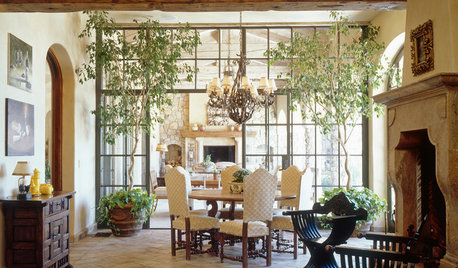
Rooting for Indoor Trees
Houseplants tend to get all the glory indoors, but trees deserve their place in the sun — and in your living room, your entryway, your ...
Full Story
EDIBLE GARDENSHow to Grow Your Own Peaches and Nectarines
Make gardening a little sweeter with these juicy fruits, which you can eat after plucking or preserve for later
Full Story
GARDENING GUIDESDesigning With Conifers: Find the Perfect Fit for Your Landscape
Conifers range from fairy-garden size to 70 feet tall. Here’s how to decifer the plant tag for the perfect long-term fit in your garden
Full Story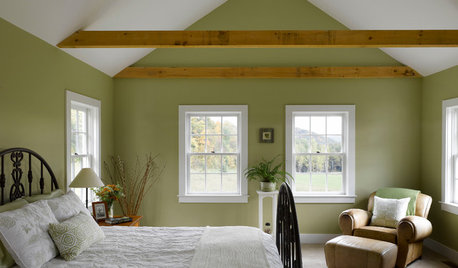
COLORDreaming in Color: 8 Gorgeously Green Bedrooms
Bring in a bold splash of watery blue-green or a slice of soft celery for a colorful yet sleep-friendly sanctuary
Full Story
CONTAINER GARDENSContainer Garden Basics: How and When to Water Potted Plants
Confused about soil moisture, the best time to water and what watering device to use? This guide can help
Full Story



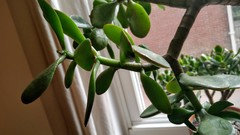


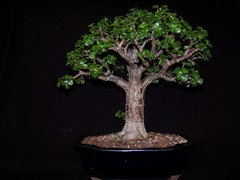


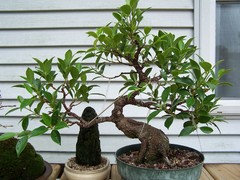
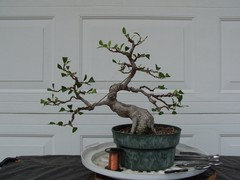
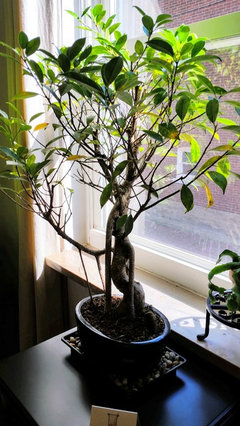

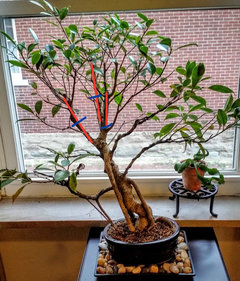
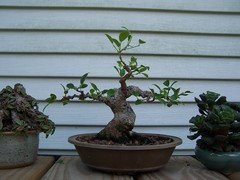
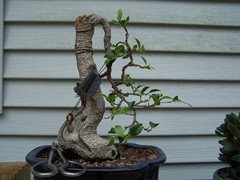
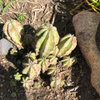



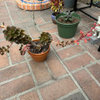
JonOriginal Author